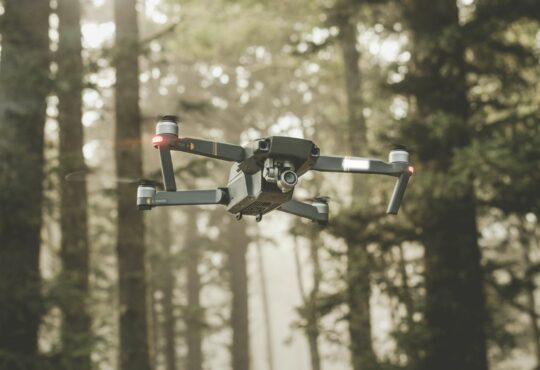Rugged computers, it’s stated plainly in the name. These are resilient products that can take a beating. But is every rugged handheld made equal? The answer is obviously no. The products are designed with different tasks in mind and they, therefore, have different levels of ruggedness. So how do you tell the difference? Comparing the product’s IP rating is a great place to start.
IP-rating, or Ingress Protection Rating, is basically a way to measure how well an electronic device is sealed. It will tell you what level of protection the rugged computer has against dirt particles and fluids. This is a standard way of measuring ruggedness and one of the most important ones. Together with drop rating, it will give you a good idea of exactly how rugged the device is.
To receive an IP rating a rugged computer has to pass a standardized test, which means you are guaranteed a certain level of protection as well.
IP-rating – A tale of two numbers
If you have been looking at rugged computers or tablets you might have seen it written in the device specifications. This rugged computer has an IP54-rating or that rugged tablet has an IP65-rating. As you might have suspected, a higher number indicates a better level of protection. The numbers do, however, give you a lot more information than you might think and it is important to look at them separately.
Dirt and dust resistance
The first number will tell you how well the rugged computer is protected against solid particles, like dirt and dust. The scale ranges from 0 to 6, where 0 gives you well zero protection. A 6 indicates that the device is completely dustproof.
Every number has a specific definition that the device will have to be tested for. When it comes to true rugged computers, you will generally only see a 5 or a 6 as they should not have any openings. A 5 means partial protection against dust, where dust is defined as particles smaller than 1 mm.
Why are the lower numbers not used among rugged computers? They are just not relevant for something to be rugged. As an example, a 2 is a common IP rating for an electrical socket. Basically, it means that a child should not be able to stick its fingers into it. The lower ratings are for much bigger objects than the dirt and dust we need to worry about.
Water resistance
The second digit will instead give you information about the rugged device´s level of water resistance. The scale for resistance against fluids is wider than that of the one for solids and ranges from 0-9. At the lowest resistance level, which is 1, the electronic device can resist dripping water, for example, a light rain shower. With a 9 your device will be able to handle complete submersion as well as being washed by high-pressure hot-water jet sprays.
As you can see the range is very wide and an electronic device marketed as “resistant to water” can mean a lot of different things. The range commonly used in rugged computers is also wider than with that of solids. It’s fairly common with ratings anywhere between 3 and 8.
Digit by Digit
| IP rating | Dirt & dust resistance | Water resistance |
| 0 | None | None |
| 1 | Particles above 50 mm | Dripping water |
| 2 | Particles above 12,5 mm | Dripping water at 15° |
| 3 | Particles above 2.5 mm | Spraying water |
| 4 | Particles above 1 mm | Splashing of water |
| 5 | Dust protected | Water jets |
| 6 | Dust-tight | Powerful water jets |
| 7 | – | Immersion up to 1 meter |
| 8 | – | Immersion, 1 meter or more |
| 9 | – | Powerful high-temperature water jets |
As you might suspect, a higher rating comes with a higher cost. So there is no need to go for an IP rating that is above your actual needs. Let’s use a sawmill as an example. It’s going to be a very dusty environment so you will probably want full dust protection. On the other hand, the odds of complete submersion are probably nonexistent and you won’t require as much protection from water. In this case, an IP64 could fit the job.
On the other hand, the same company might bring a rugged computer on a forestry mission where it could be dropped into a small pool of water. In this case, they should go for an IP67 rated device, like the Nautiz X9 that can handle submersion of up to 1m.





